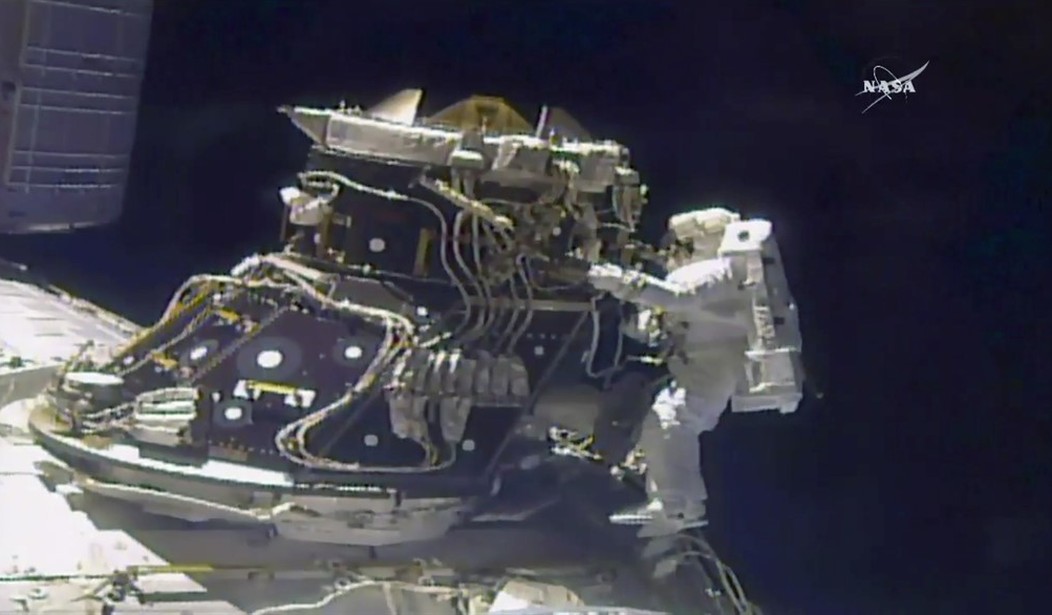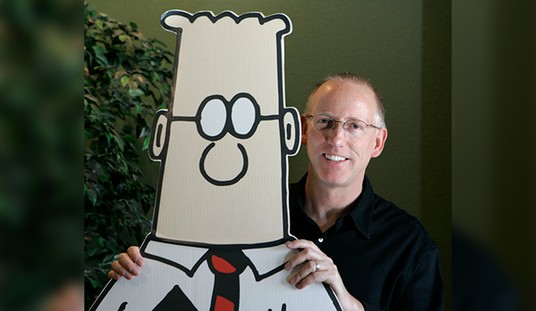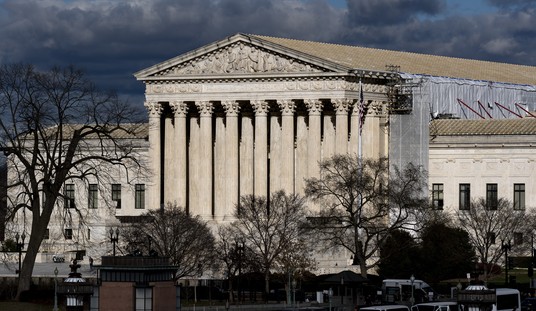At a recent conference, NASA unveiled their Next Big Thing in space exploration priorities. Shockingly, it was very different from some of the proposals we’ve seen floated recently. They’re talking about a smaller version of a space station kept in orbit around the moon. This idea was actually previewed earlier in the year and Space.com had the high level details.
The agency plans to build an astronaut-tended “deep space gateway” in orbit around the moon during the first few missions of the Space Launch System (SLS) megarocket and Orion crew capsule, which are scheduled to fly together for the first time in late 2018, NASA officials said.
“I envision different partners, both international and commercial, contributing to the gateway and using it in a variety of ways with a system that can move to different orbits to enable a variety of missions,” William Gerstenmaier, associate administrator for Human Exploration and Operations at NASA headquarters in Washington, D.C, said in a statement.
This is being pitched as a “gateway” which could be the staging point to either go down to the surface of the moon or head out toward other destinations in the solar system. That just immediately struck me as a lot of redundancy wrapped up in a package which is considerably further from the nearest safe base of operations. (The International Space Station.) But what do I know? Perhaps we should ask an actual rocket scientist. National Review did, and Robert Zubrin calls this NASA’s worst idea ever.
We do not need a lunar-orbiting station to go to the Moon. We do not need such a station to go to Mars. We do not need it to go to near-Earth asteroids. We do not need it to go anywhere. Nor can we accomplish anything in such a station that we cannot do in the Earth-orbiting International Space Station, except to expose human subjects to irradiation – a form of medical research for which a number of Nazi doctors were hanged at Nuremberg.
If the goal is to build a Moon base, it should be built on the surface of the Moon. That is where the science is, that is where the shielding material is, and that is where the resources to make propellant and other useful things are to be found.
Zubrin makes a number of excellent points. Initially we should decide how much focus we are putting on manned missions rather than robotic probes and whether the risk to human life is worth it. Personally I’ve pretty much always been in favor of manned missions providing we’re still cranking out heroes willing to accept the risk. (And if the public can stomach the inevitable crew loss if you pursue the program long enough.) There are still some things which may come up which a probe won’t be prepared to handle and tasks which only human hands can do.
But if we’re going to keep sending people into space, make sure that we’re taking the risk for a reason. Zubrin has his finger on the pulse of that one. If you need to get to the moon, a space station orbiting it will still require craft to make the descent and take off again. If you want to leave for Mars you can do that from the ISS. All of the resources we might need to tap are on the surface of the moon, not orbiting it. This seems like a colossal waste of money, and that brings us to the observation Zubrin makes which really hits home in terms of how NASA has gone astray. (Emphasis added)
During the Apollo program, the NASA’s mission-driven human spaceflight program spent money in order to do great things. Now, lacking a mission, it just does things in order to spend a great deal of money.
Why is NASA proposing a lunar-orbiting space station? The answer to that is simple. It’s to give its Space Launch System (SLS) and Orion capsule programs something to do. The utility of such activity is not a concern. As a result, nothing useful will be accomplished.
If we’re going to invest the funds and take the risks, let’s do something bold. We’re building these massive new rockets and crew capsules anyway… let’s just go to Mars. It’s going to be incredibly dangerous and the potential for catastrophic failure is very real, but those same things were true of the original moon landings. In his book, Failure is Not an Option, Gene Kranz admits that the astronauts were given, at best, a fifty-fifty chance of making it back home alive. The public wasn’t told that, but the crews knew what they were getting into. And they fought each other for the right to go first. And in doing so, they made history.
Let’s make history again.








Join the conversation as a VIP Member